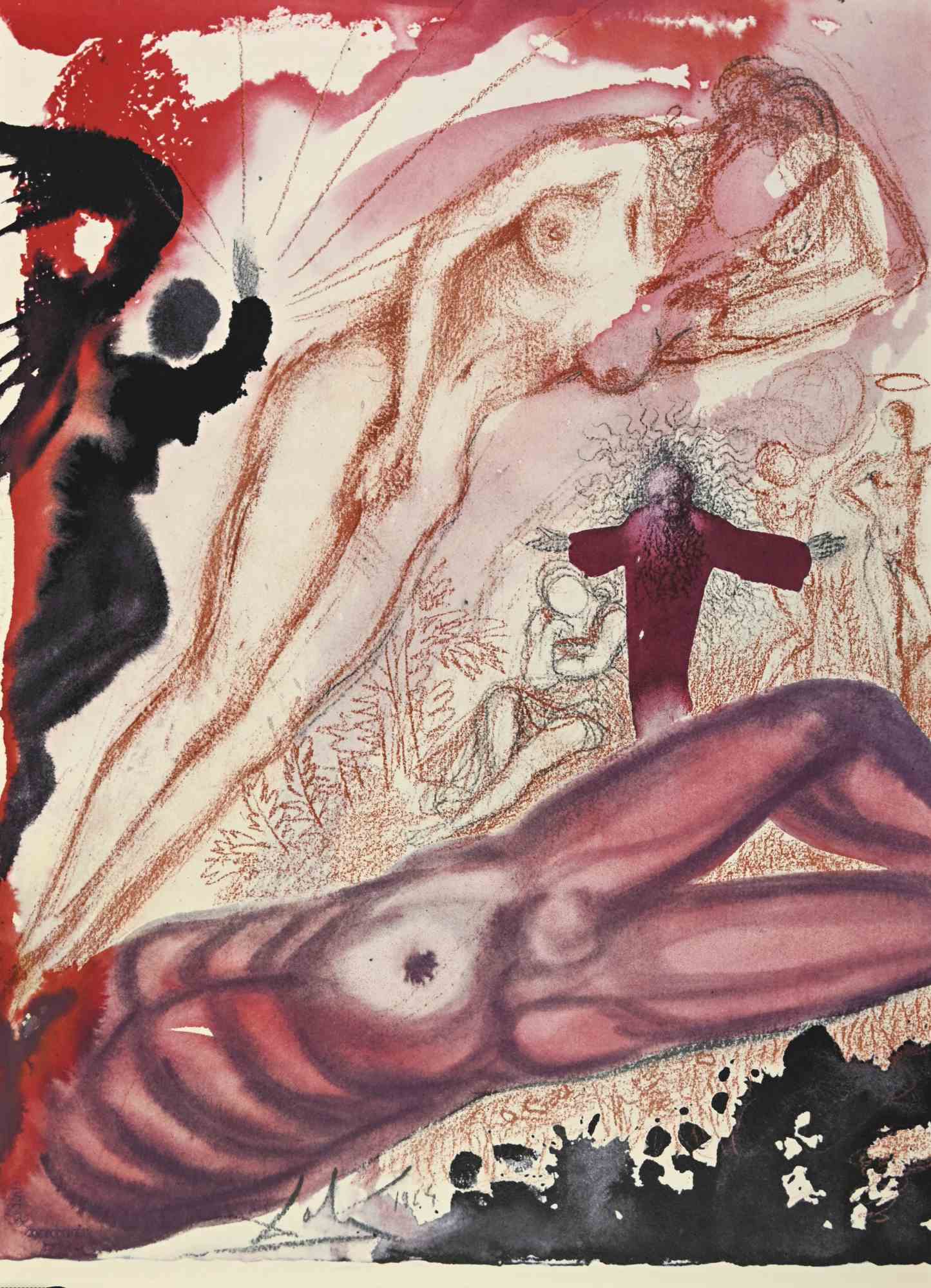
March Chagall and Salvador Dalì’s Holy Bibles
Among the timeless and always pop artists, there is never a shortage of March Chagall and Salvador Dalì, different in origins, thoughts and artistic techniques, but not so distant in the choice of their subjects; artists who today we associate with reference to their minor but equally interesting production, the illustrations of the Holy Bible.
March Chagall
March Chagall (1887-1985), Russian painter naturalized French, of Hasidic Jewish origin, born in Lezna, Belarus, was the son of a very large family of humble origins. He immediately approached the world of painting and, like Dalì, he frequented the Parisian avant-garde intellectuals. After initially adhering to Cubism, he distanced himself from it to prefer “the visible side of form and spirit”.
With the outbreak of the First World War he founded an art school in Vitebsk and enthusiastically joined the revolution.
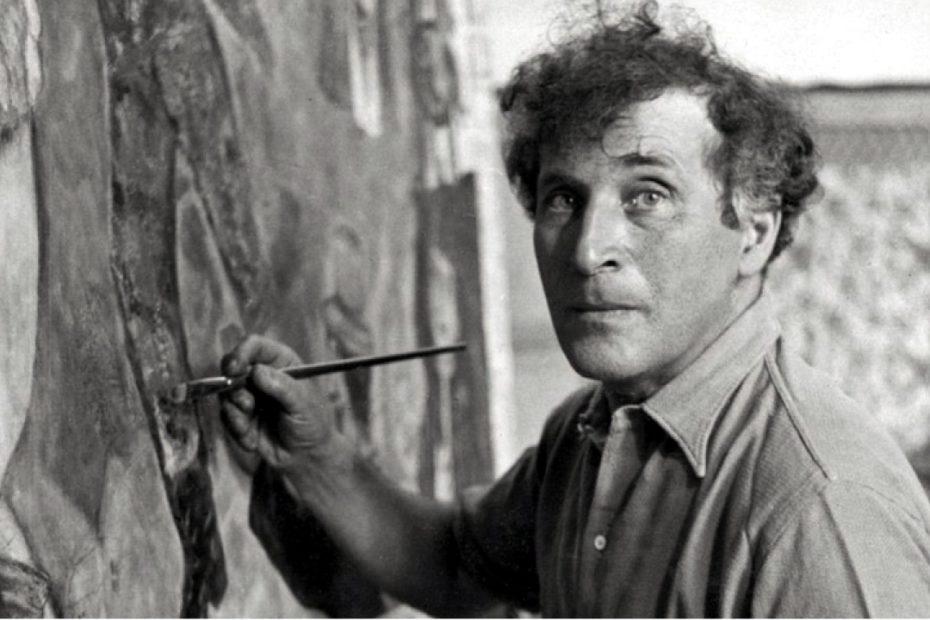
From the 1930s he began to be interested in biblical themes, a question that had its artistic peak with the White Crucifixion, a canvas from 1938, an expression of the suffering of a hated and persecuted people, which prefigures the atrocities that will be committed in the following months.
But he first began to be interested in the topic, when in 1931 he accepted the proposal of Voillard, the most famous of the Parisian merchants, to illustrate the Book of Books, the Bible. He therefore traveled to Palestine, he wanted to touch certain feelings and then propose them again with the brush. Since then, he never abandoned the theme of the sacred.
«Since my early youth, it has always seemed to me and still seems to me that the Bible is the main source of poetry of all time. Since then, I have always looked for this reflection in life and art. For me, as for all Western painters, it was the colored alphabet in which I dipped my brushes.”
His Holy Bible was published with a first edition in 1963 consisting of 6500 unsigned lithographs, printed by Mourlot and published by Tériade, Paris.
Even in sacred lithographs, Chagall reports his own poetic vision that ignores naturalistic color, laws of gravity, traditional ways of treating space, giving life to a work full of sweetness and refinement.

Salvador Dali
The same fervor was experienced by Salvador Dalì (1904-1989), a Spanish artist from the province of Girona, coming from a wealthy family. He immediately attended an art school. He was a complete and multi-purpose artist: painter, sculptor, writer, photographer, filmmaker, designer, screenwriter. An eccentric and irreverent personality who gave a lot of opportunity to talk about himself not only post-mortem.
“I am the first to be surprised and terrified by the images I see appear on my canvas”
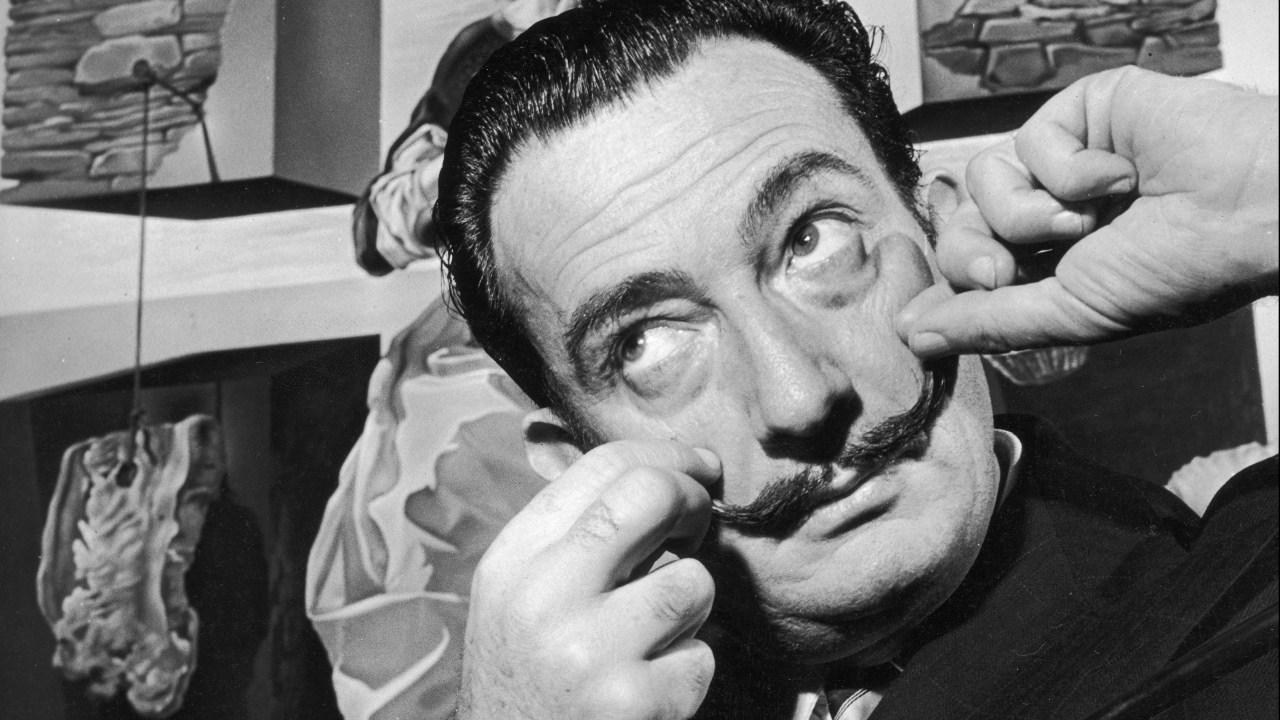
A great exponent of the surrealist current, from which he broke away in the 1950s, accused by Bretòn of lack of political commitment and fascist attitudes. At the end of the Second World War, Dalì’s irreverent and daring spirit faded and made him turn towards Catholicism.
“What is the sky? Where is it? The sky is neither above nor below, neither to the right nor to the left; the sky is exactly in the center of the chest of the man who has faith”
In 1951 he returned to Catalonia, after having spent at least a decade in the bourgeois and lively salons of Paris in those years.
In 1963 Giuseppe Alboretto, Dalì’s patron and friend, commissioned him to draw illustrations of the Holy Bible.
The artist enthusiastically welcomed the proposal and therefore created 105 works including watercolors and gouache.
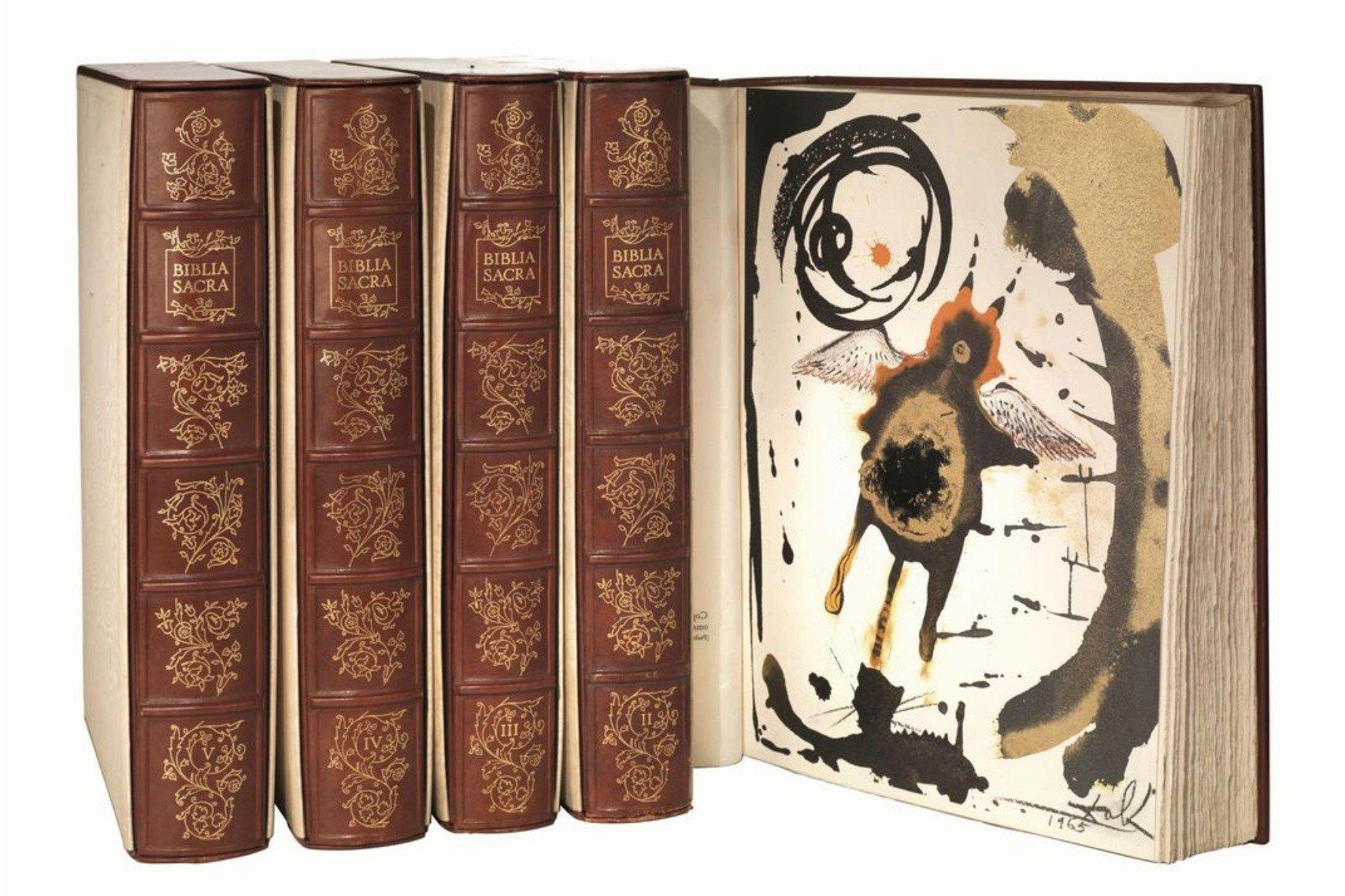
His Bibbia Sacra Editione Vulgaris is a work in 5 volumes composed of 105 color lithographs and casts of the artist’s hand, printed with different techniques on Bristol cardboard, published by Rizzoli between 1967 and 1969. The result is a series of works rich in color and material, all united by an exciting chromatic effect.
The original plates are a synthesis of great artistic experimentation, undoubtedly successful, which involved pastel, ink, pencil, watercolour, tempera and charcoal.
The illustrations of the Holy Bible tell us about two different personalities, which are reflected in two ways of making art. The first, those of Chagall, with brilliant, lively and dense colours, which show his characters floating with soft features, filled with a very profound religious sense; the others, those of Dalì, which confirm his artistic and expressive complexity, through softer but always lively colors, with his energetic, profoundly surrealist forms.
The result is a small reflection on the theme of the sacred, which still in the 20th century, despite the ongoing artistic, social and cultural revolutions, remains a topic dear to the most heterogeneous artists, through which they express their sensitivity and their most intimate and profound, through completely new models and absolutely unconventional shapes.
Related artworks
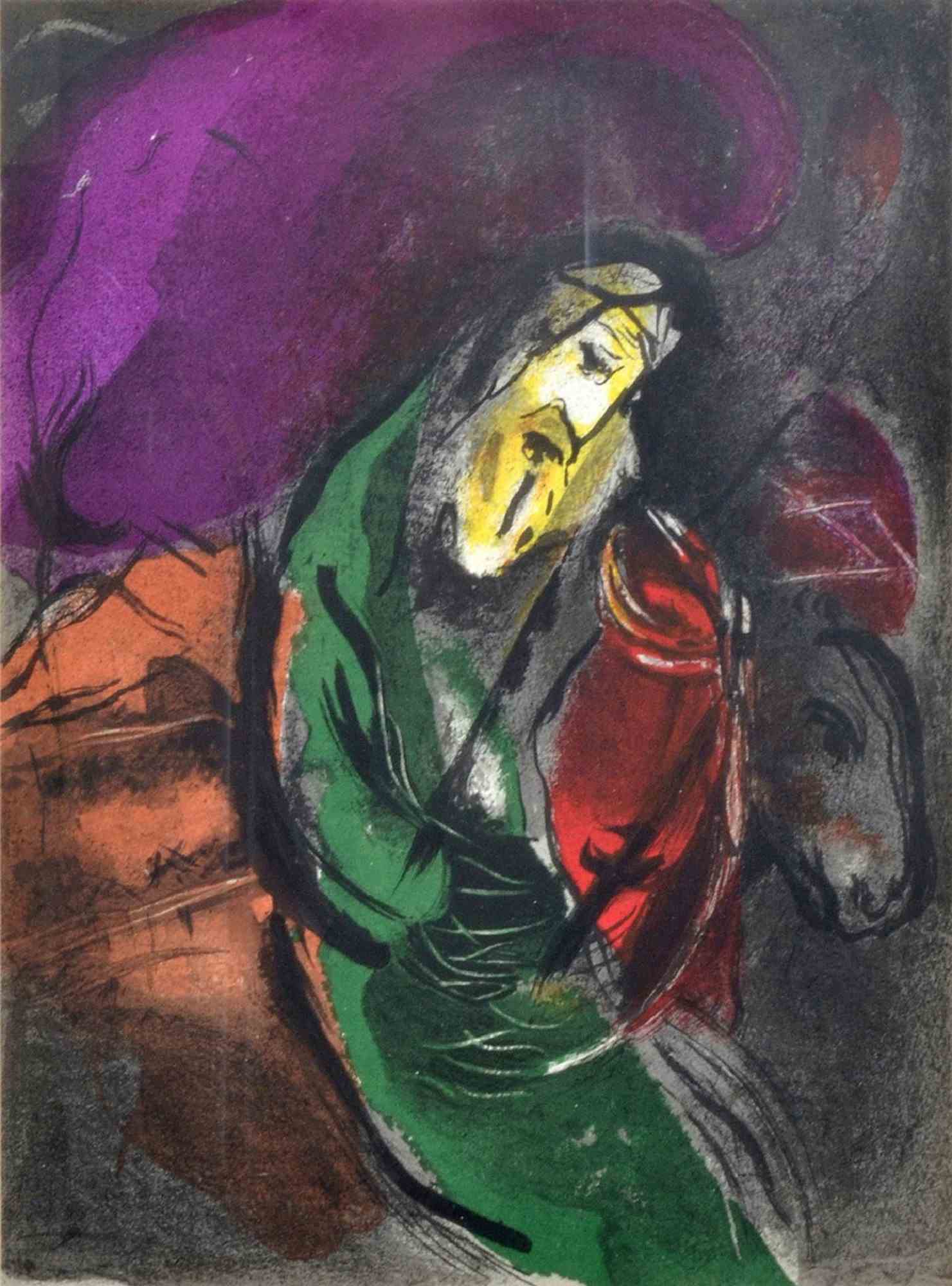
Le Prophète Jèrémie - Plate from The Bible
Marc Chagall
Lithograph
520€
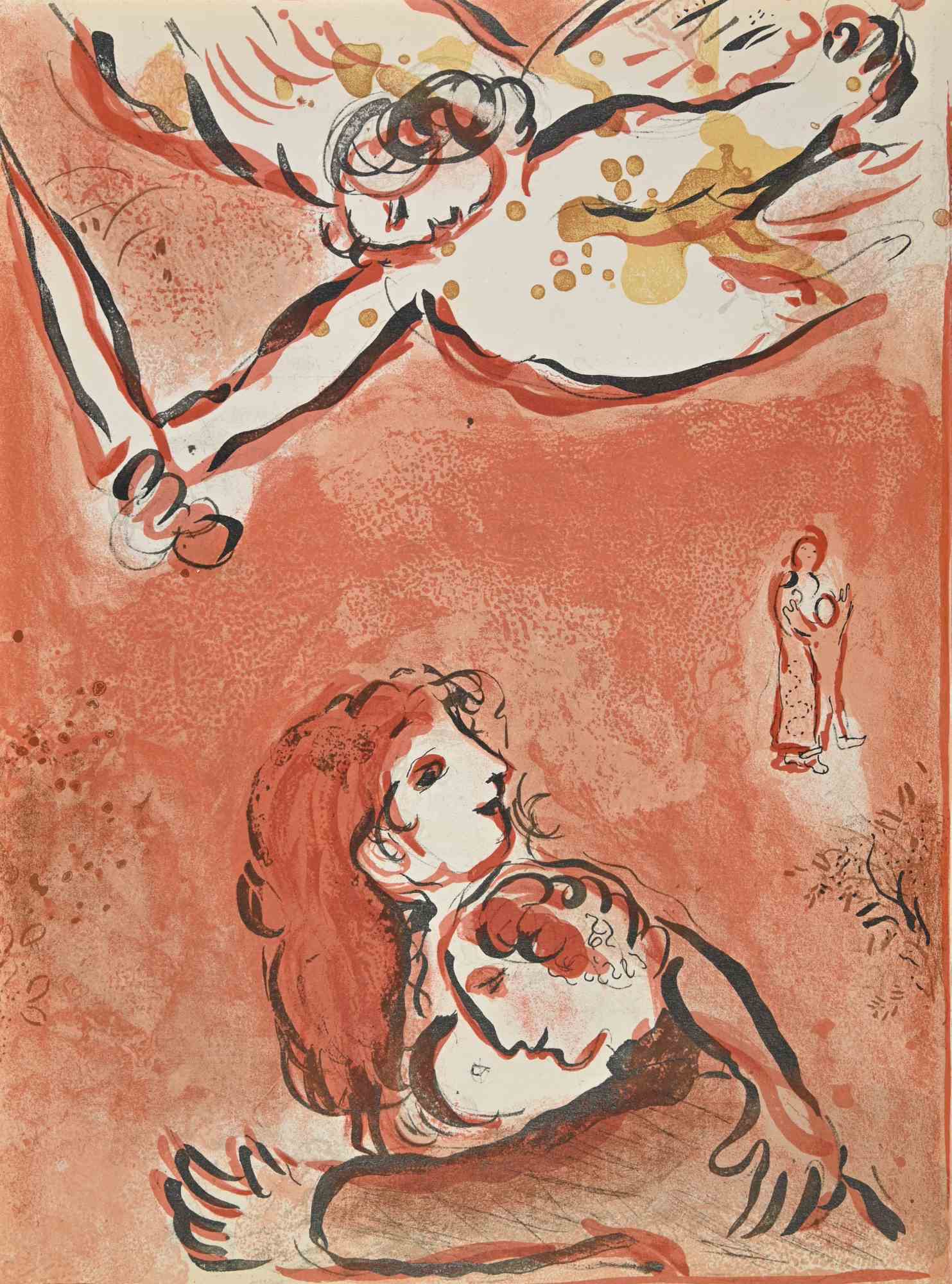
The Face of Israel
Marc Chagall
Lithograph
480€
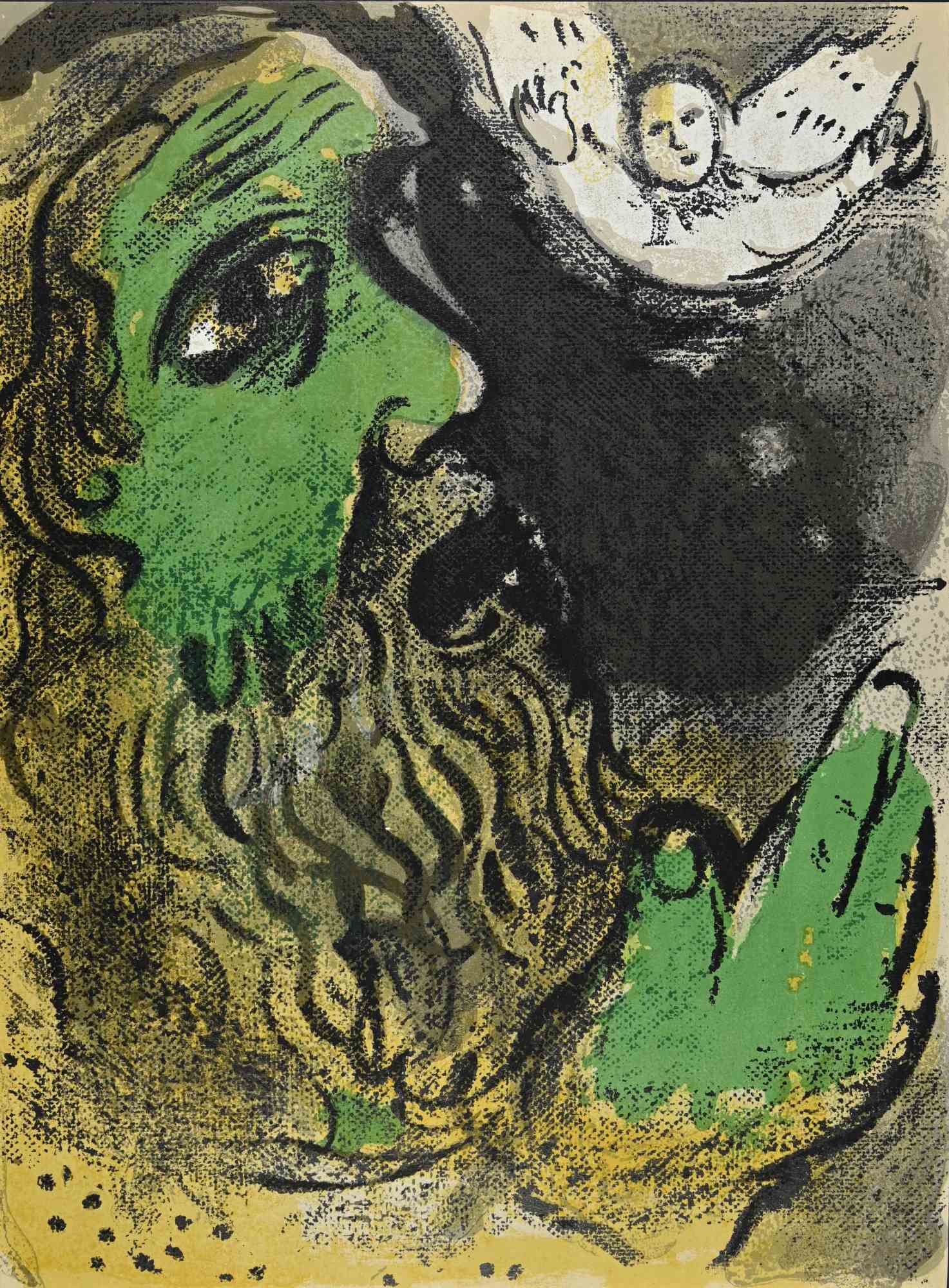
Job in Prayer
Marc Chagall
Lithograph
480€
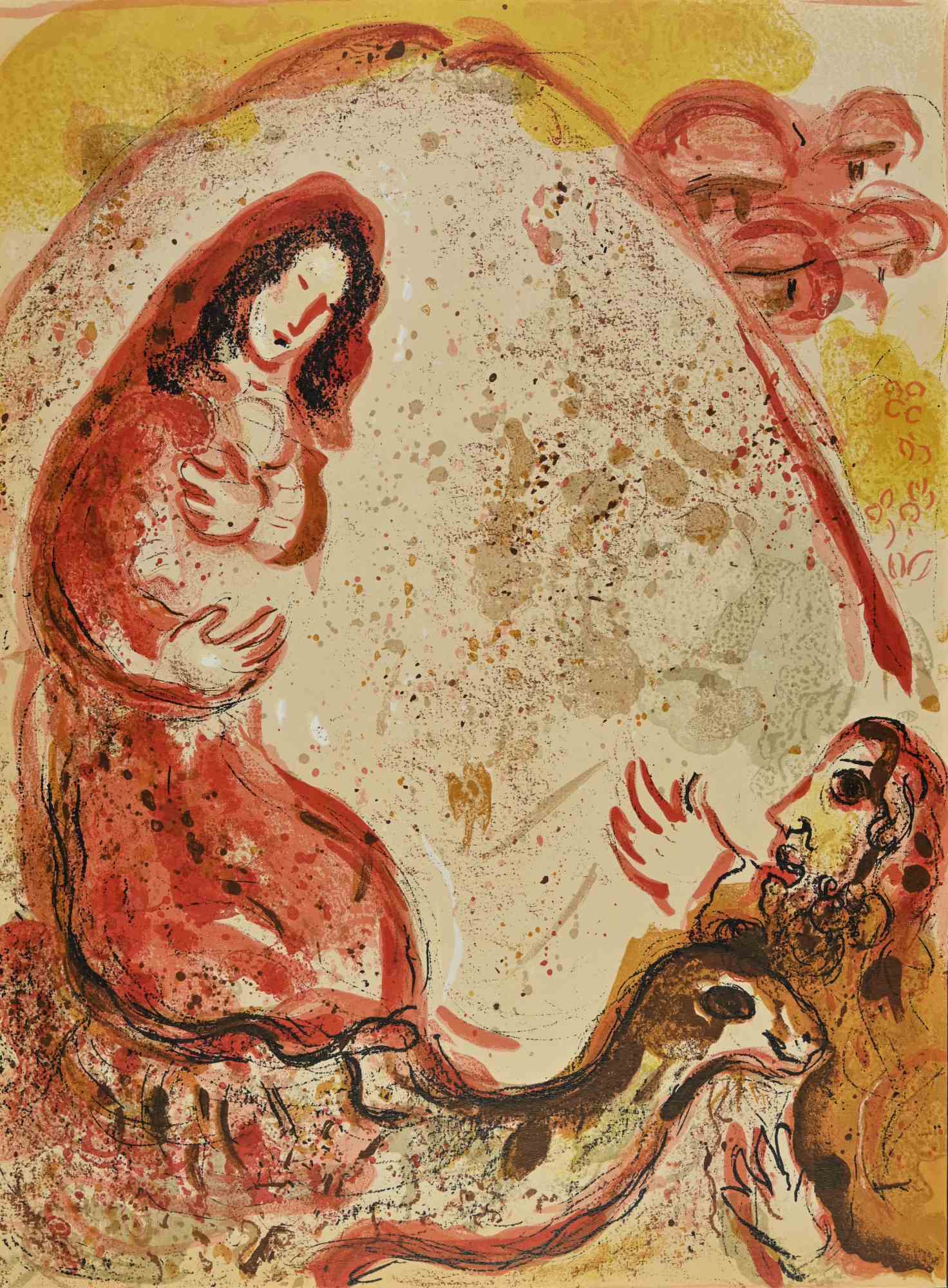
Rachel Hides her Father's Housold Gods
Marc Chagall
Lithograph
400€
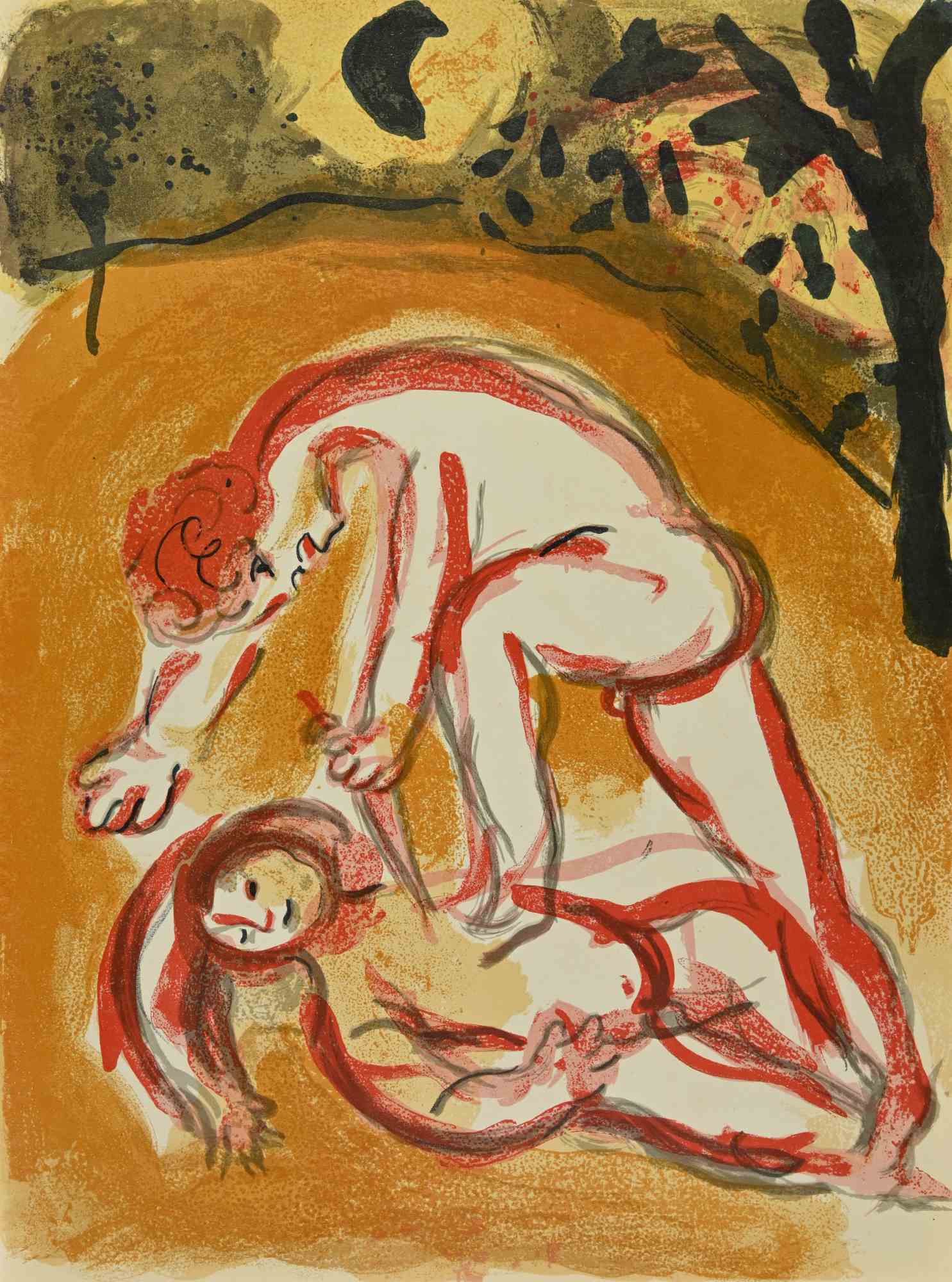
Cain and Abel
Marc Chagall
Lithograph
400€
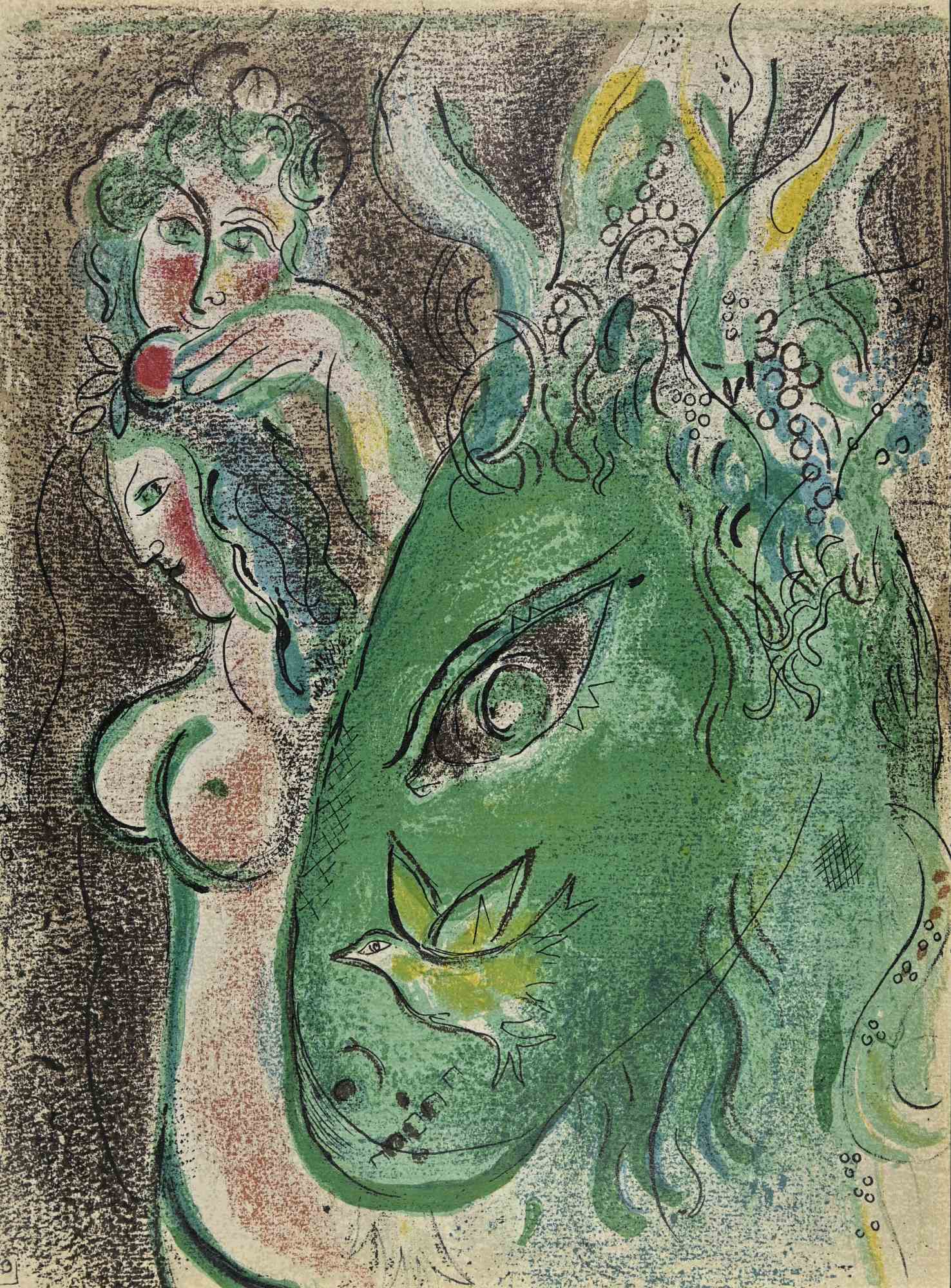
Paradise
Marc Chagall
Lithograph
400€
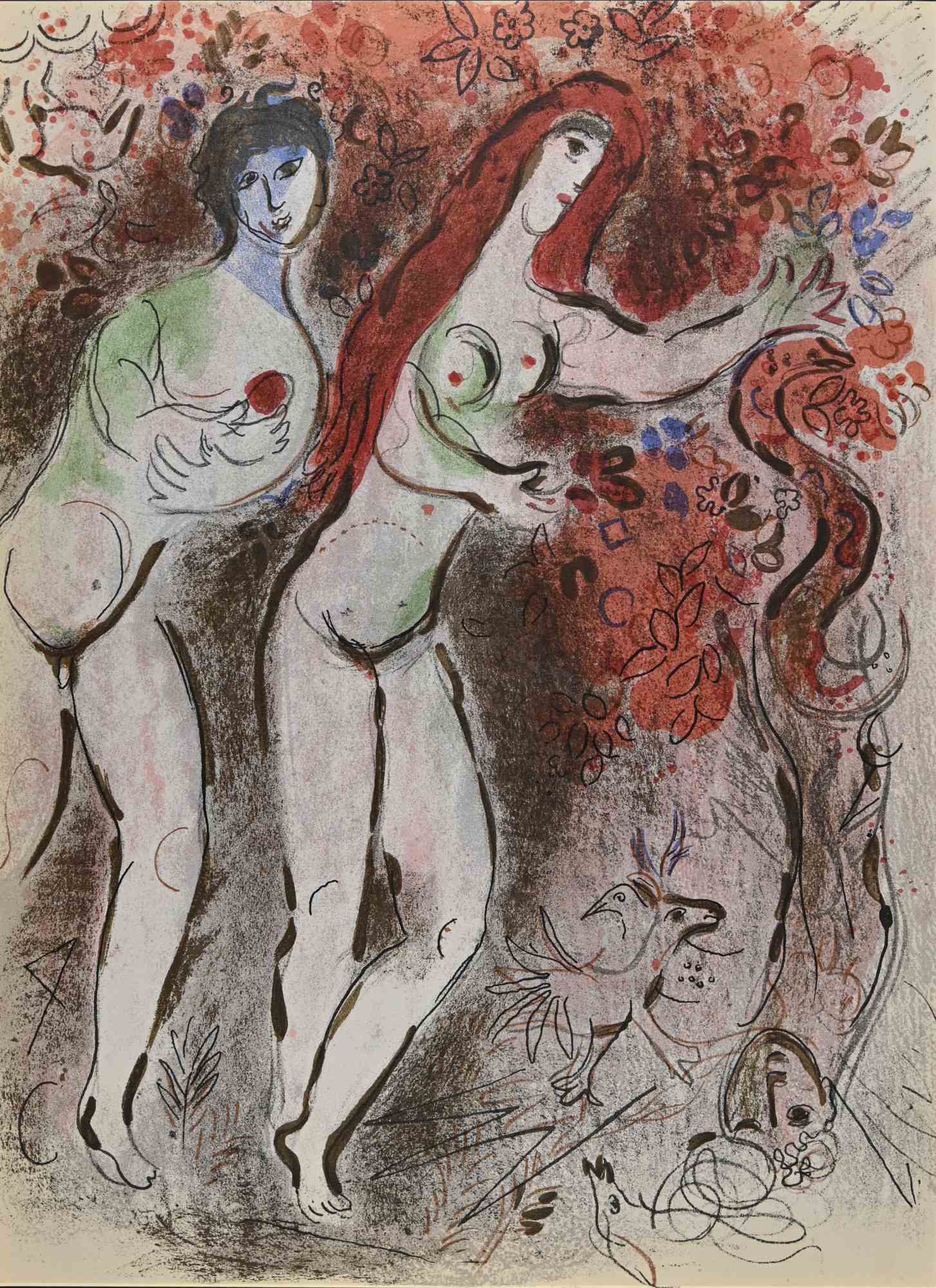
Adam, Eve and The Serpent
Marc Chagall
Lithograph
480€
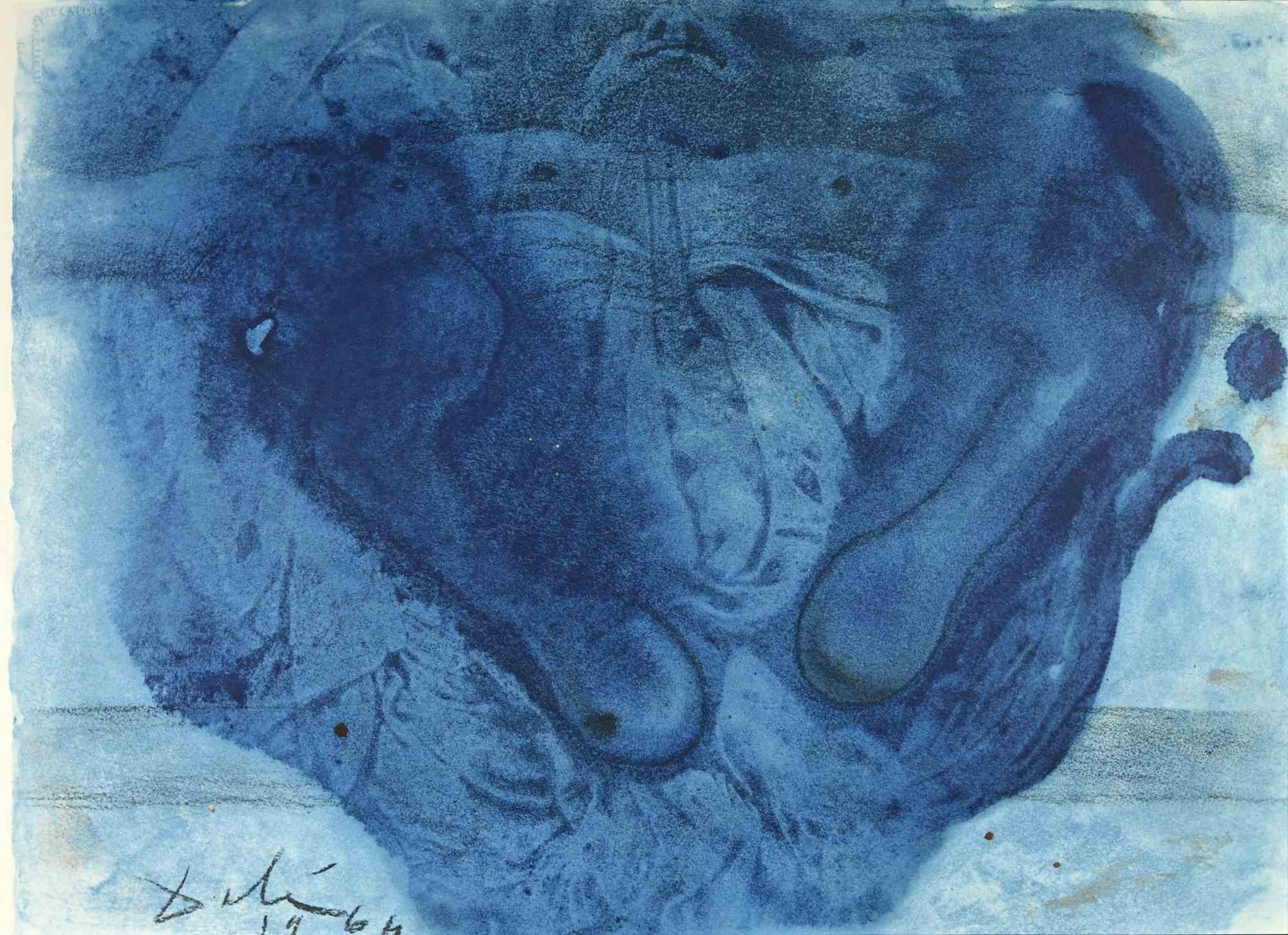
Et Posuerunt Eum in Monumento
Salvador Dalì
Lithograph
380€
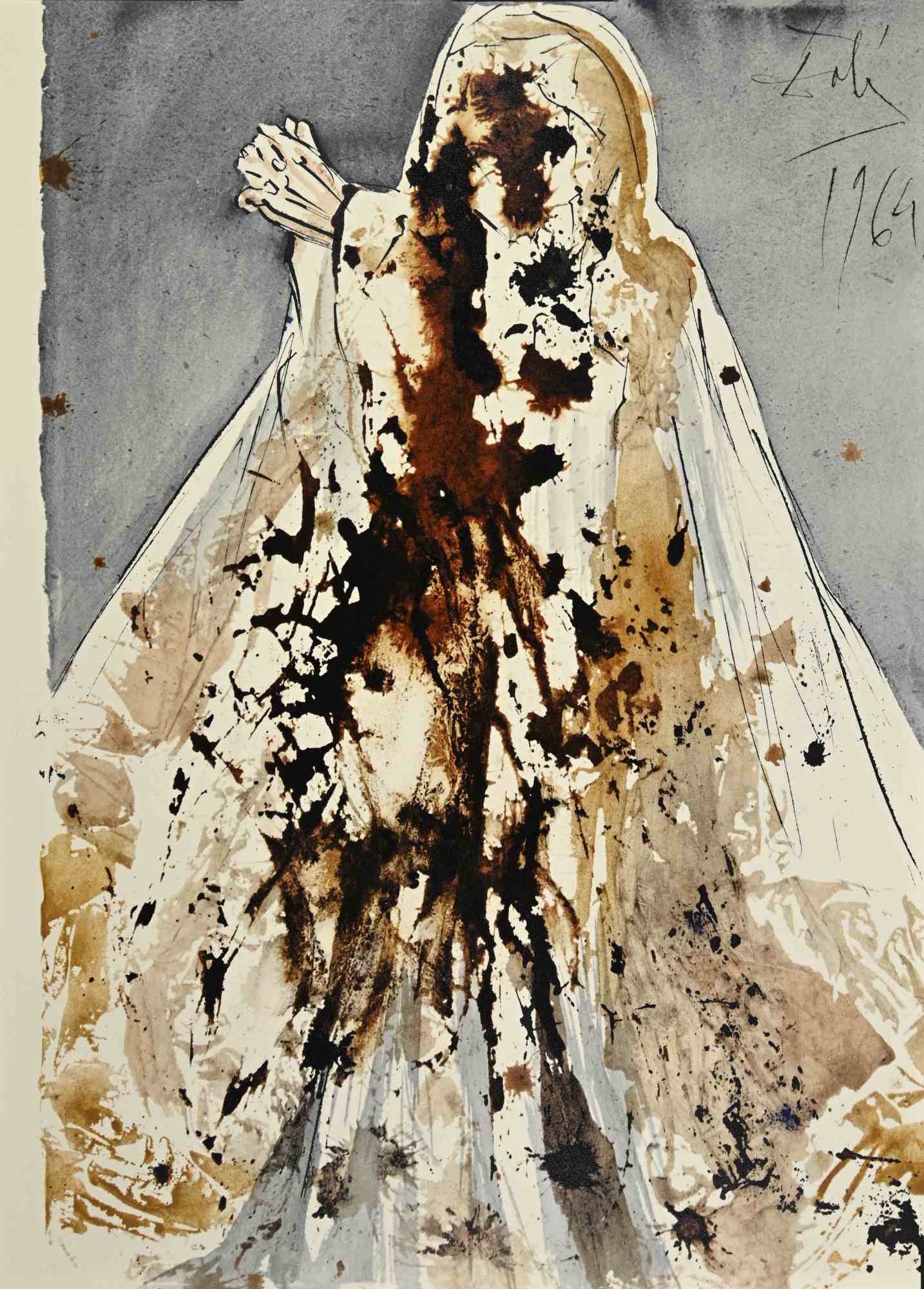
Come Forth - Lazare
Salvador Dalì
Lithograph
500€
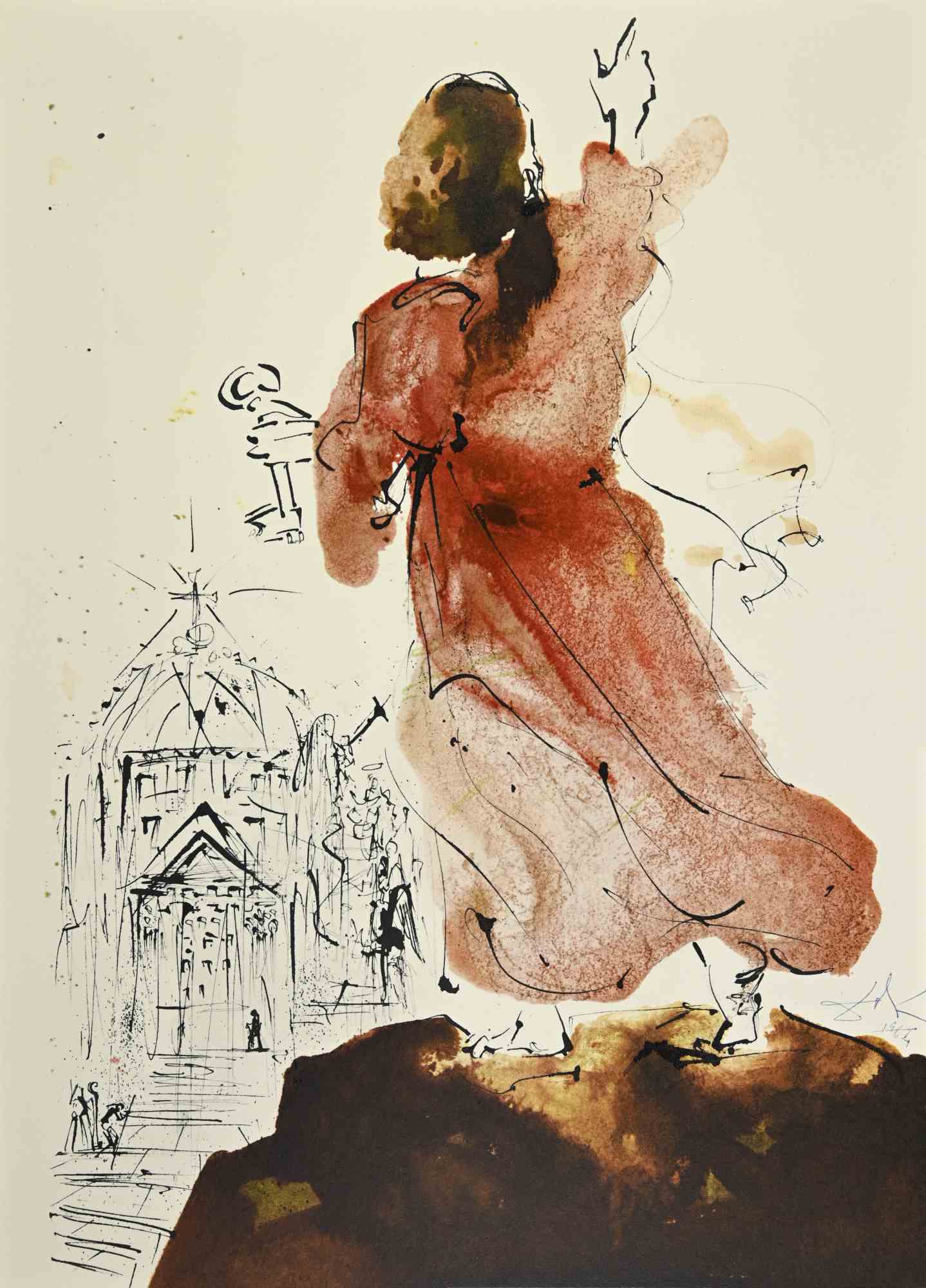
Tu es Petrus
Salvador Dalì
Lithograph
400€
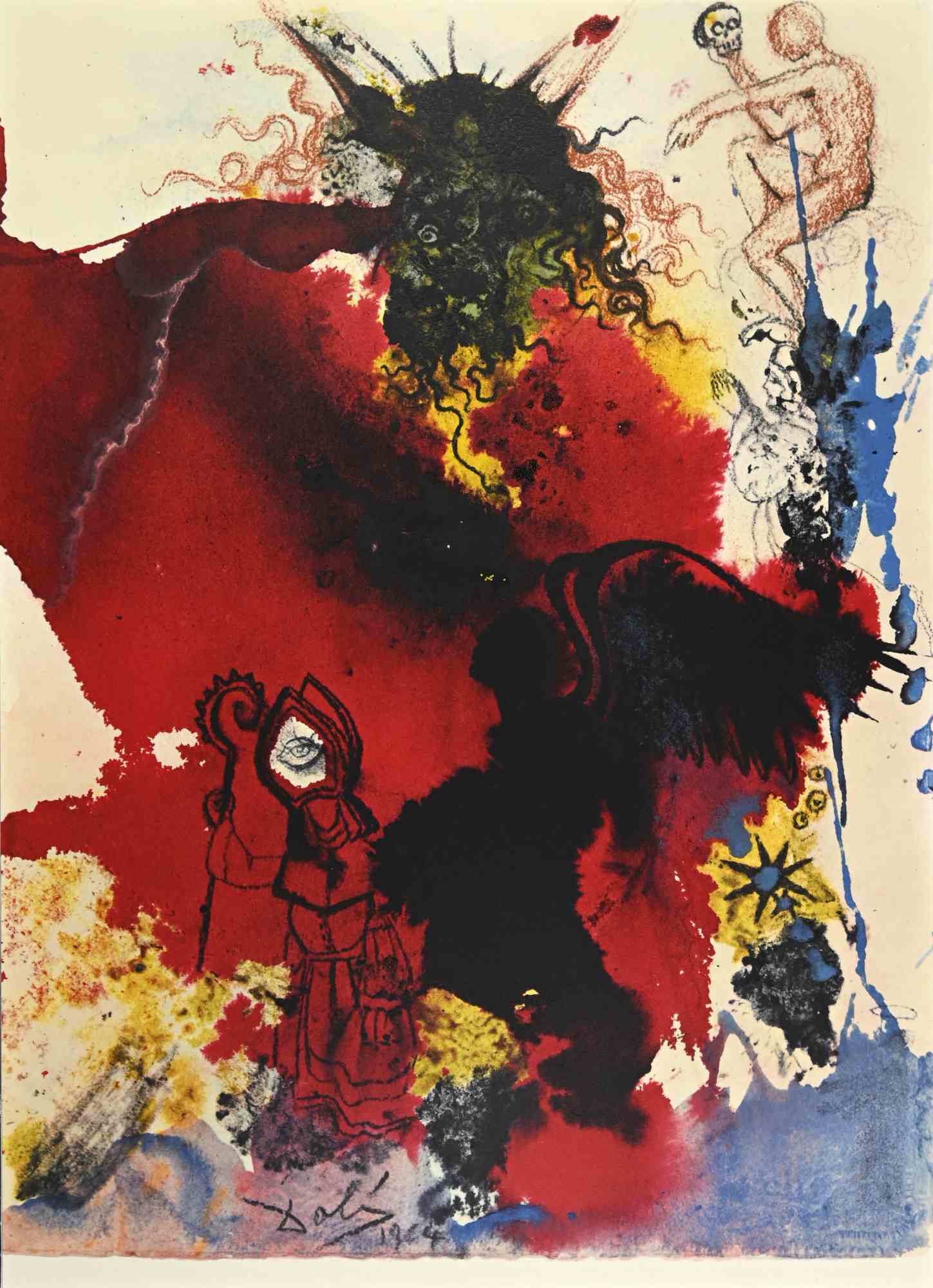
Iesus a Satana Tentatur
Salvador Dalì
Lithograph
450€
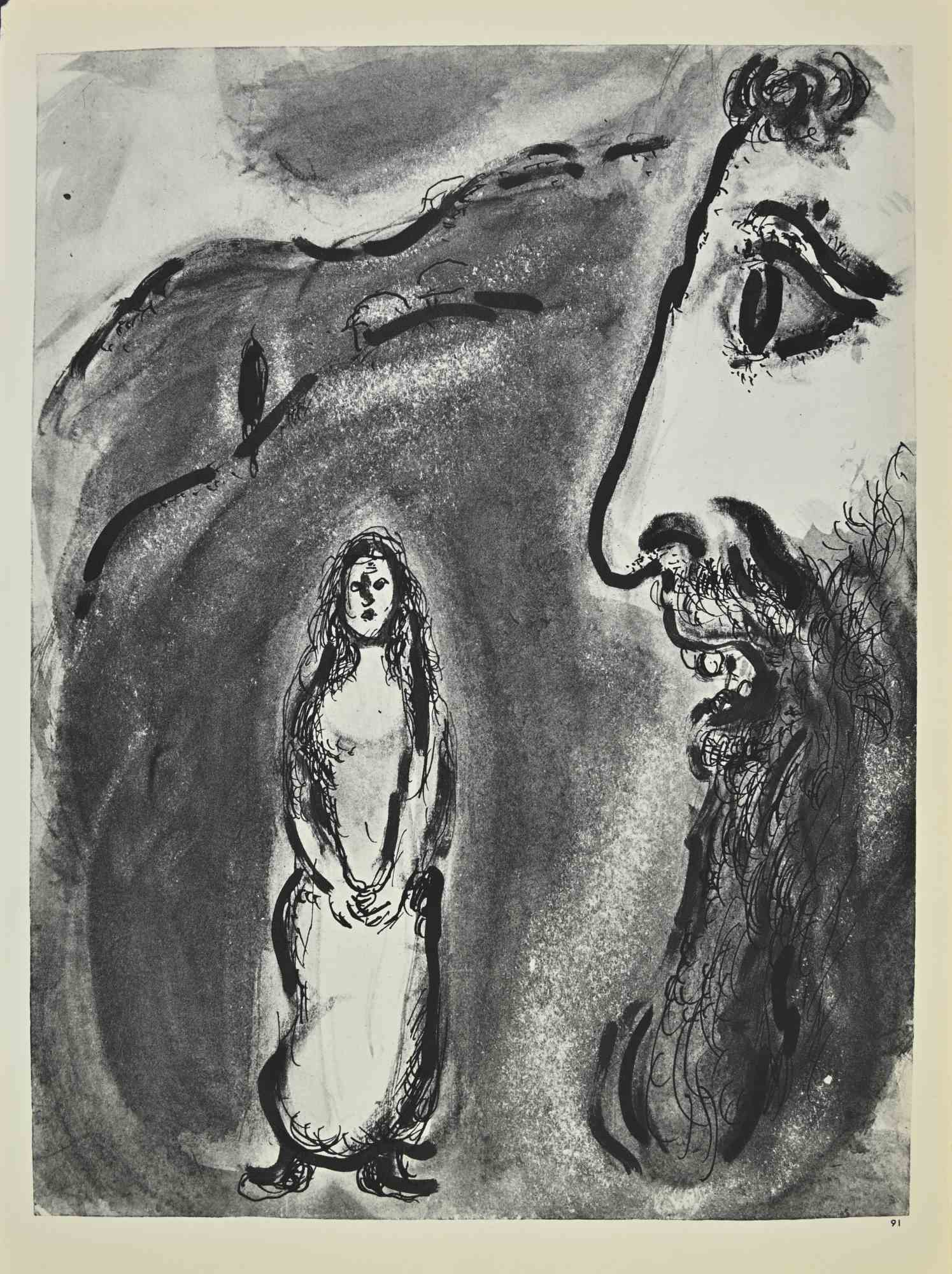
Micah Speaks to the Daughter
Marc Chagall
Lithograph
350€
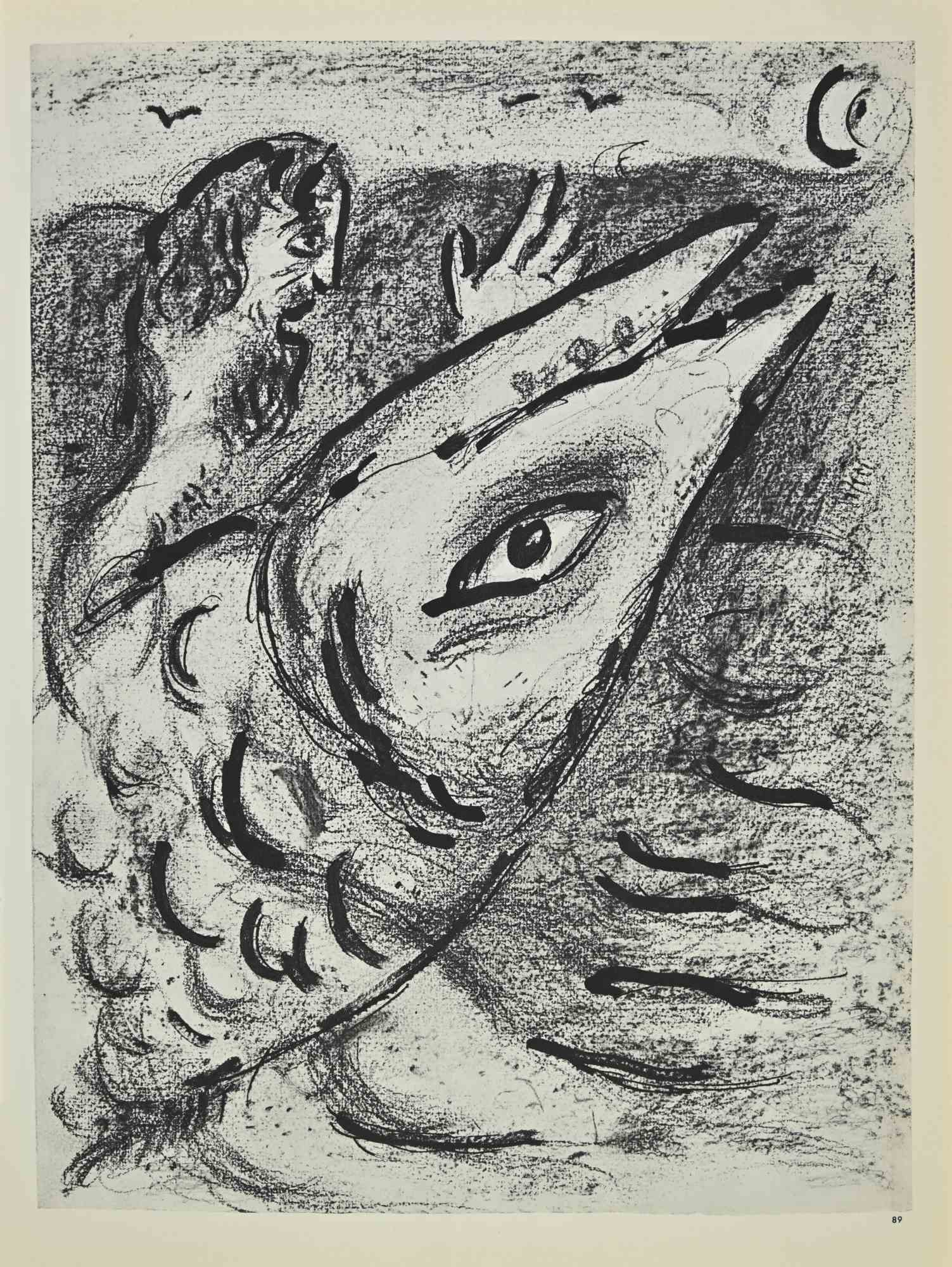
Jonas and the Whale
Marc Chagall
Lithograph
350€
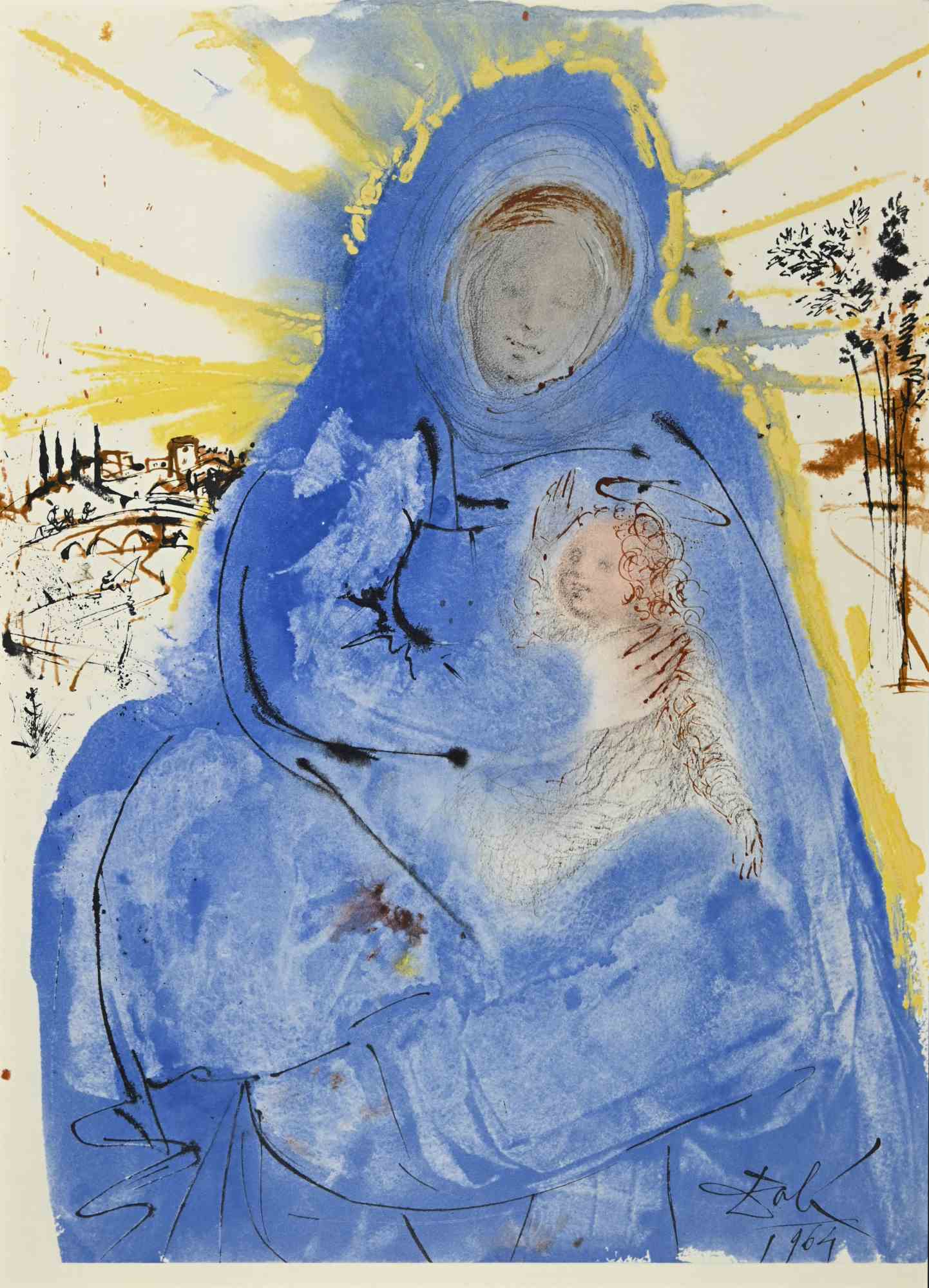
Maria Conferens in Corde Suo
Salvador Dalì
Lithograph
580€
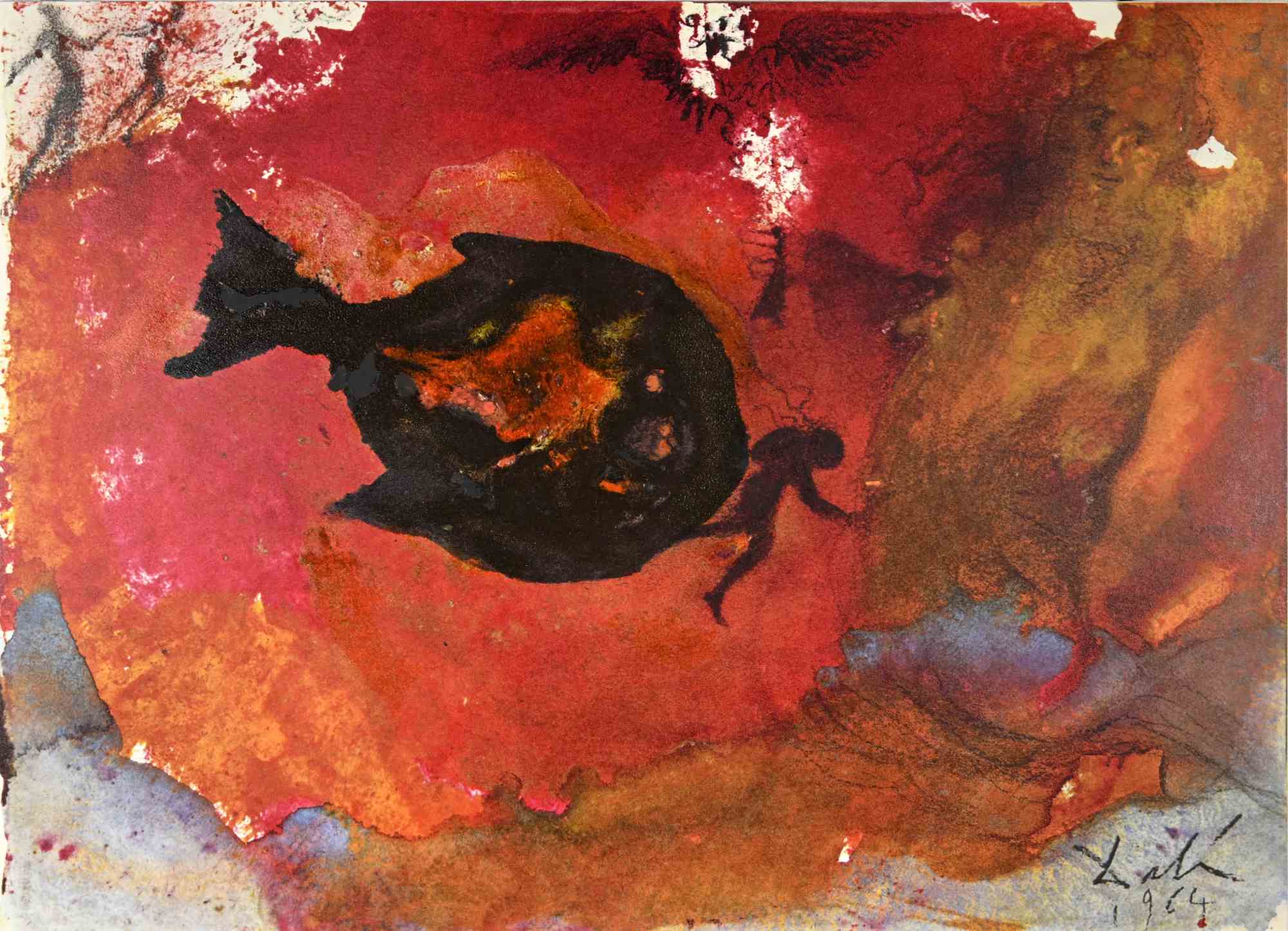
Jonah in the Belly of the Whale
Salvador Dalì
Lithograph
400€
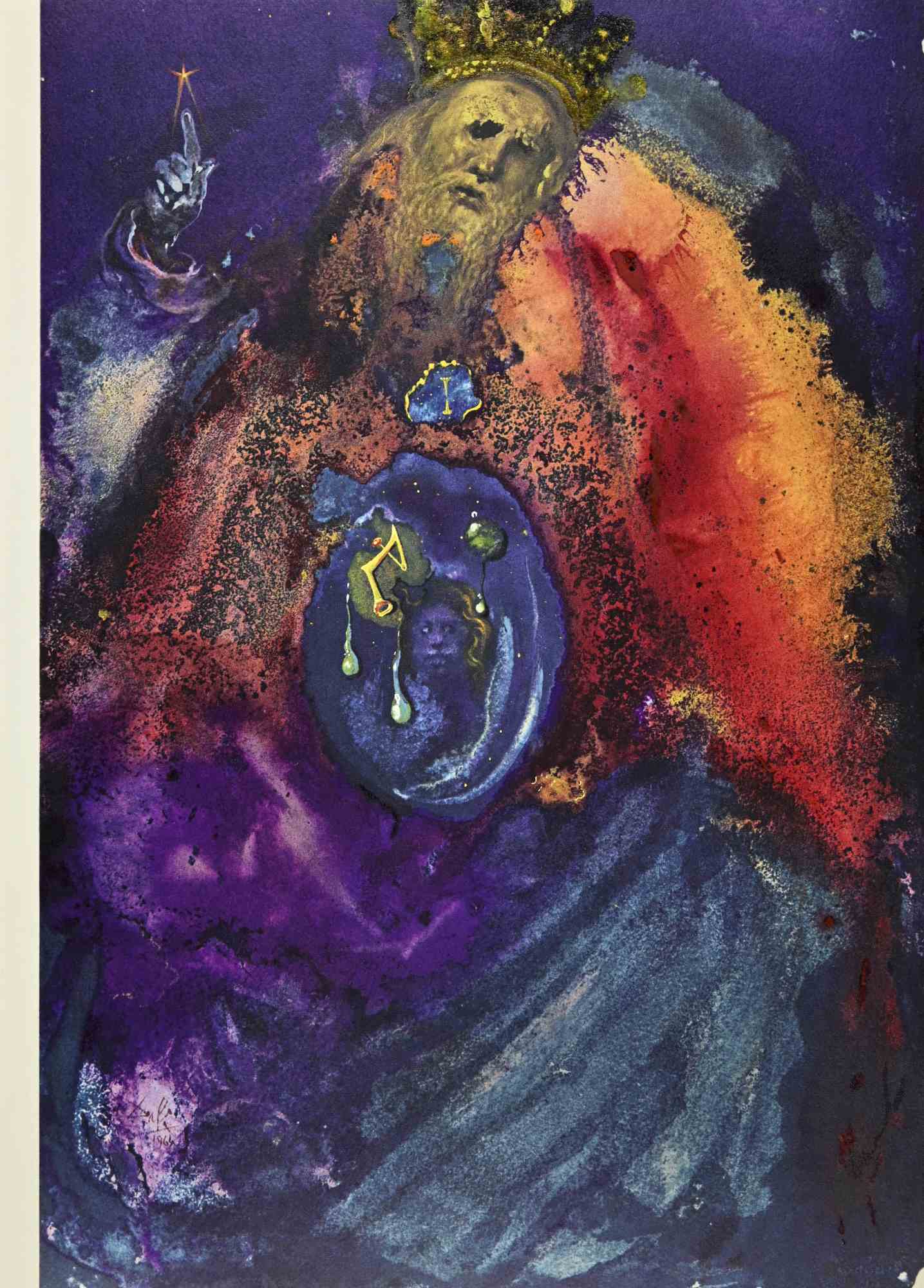
Vanitas Vanitatum
Salvador Dalì
Lithograph
460€
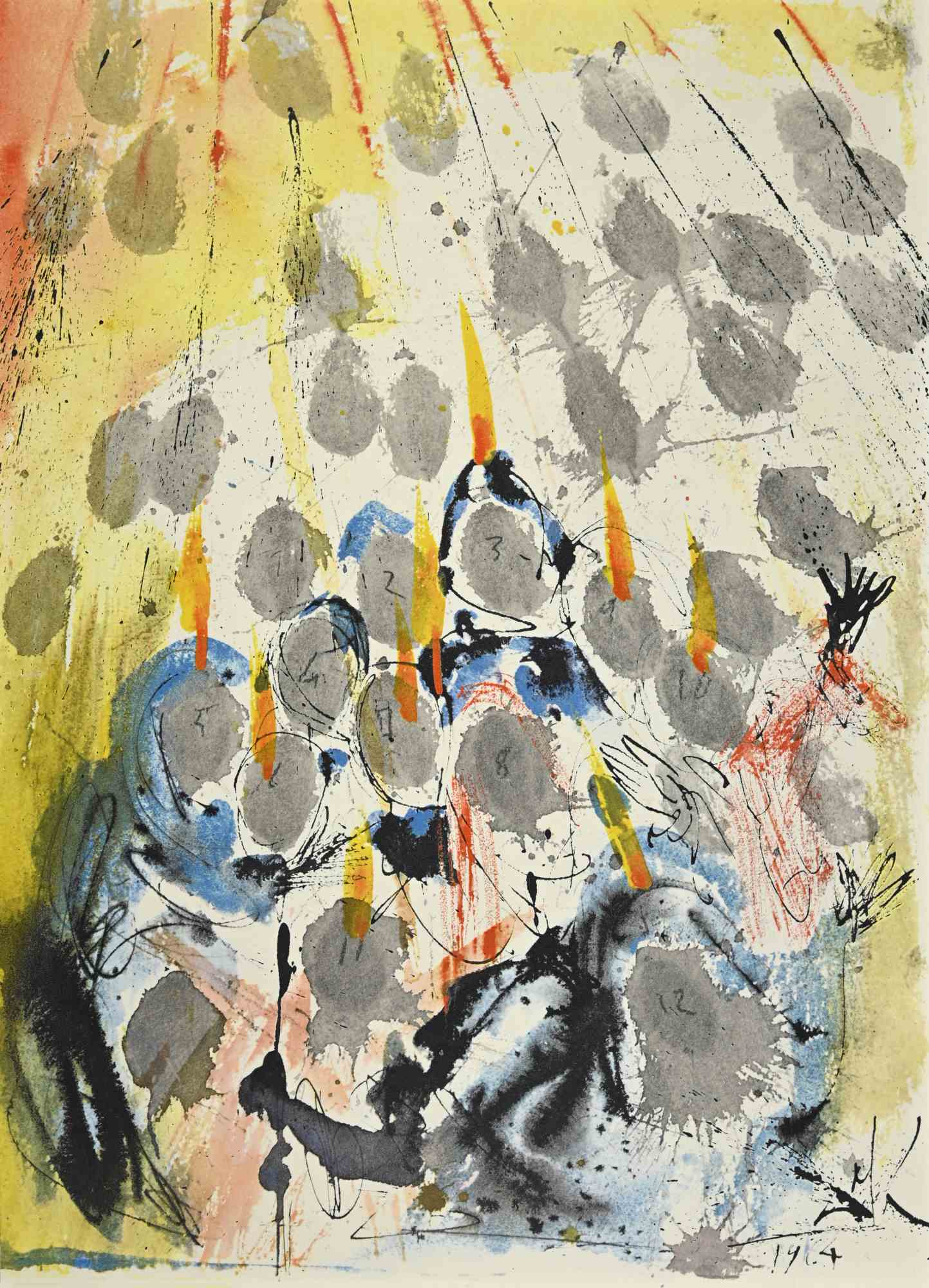
Apparuerunt Illis Dispertitae Linguae
Salvador Dalì
Lithograph
490€
